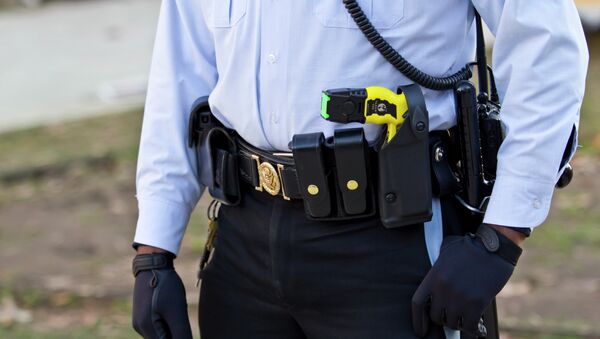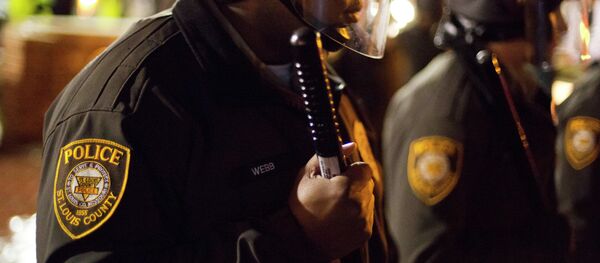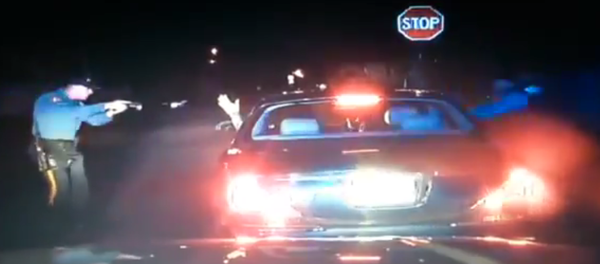“Conceptually, I think the less-lethal weapon they’re testing seems like a neat idea but, in reality, I’m not so sure this is going to work, just based on human performance and what happens to police officers in dynamic, stressful situations,” Lichten said.
Lichten was responding to a Washington Post report that the Ferguson, Missouri police department was testing an attachment that, when placed on a gun’s muzzle, ensures that targets are incapacitated, but not killed.
“Say, for instance, a guy is 20 feet away and he starts running at you. Well, the average person can cover 20 feet in a second and a half. Do you have enough time to draw your gun, put this thing on and use it? No, you don’t,” Lichten explained.
Even more harrowing would be a situation when the less-lethal option does not work, and the officer is then forced to scramble to detach the device from the business end of his duty weapon in order to return to lethal mode, he said.
Lichten also pointed out that officers are trained to fire in bursts of two to three rounds when they see a threat, so the less-lethal model is bound to require a different type of training, considering you would probably want to begin with one round at the outset.
Not to mention, Lichten said, it is highly unlikely this innovation will appeal to many gun makers, who will rightfully complain that their product was not designed to accommodate some unknown contraption being annexed to its muzzle, which could lead to liability issues should something go awry when the weapon is discharged.
In August, 2014, Ferguson grabbed the world’s attention when a white police officer, Darren Wilson, shot and killed a black teenager, Michael Brown, sparking nationwide protests against racism and police brutality.





